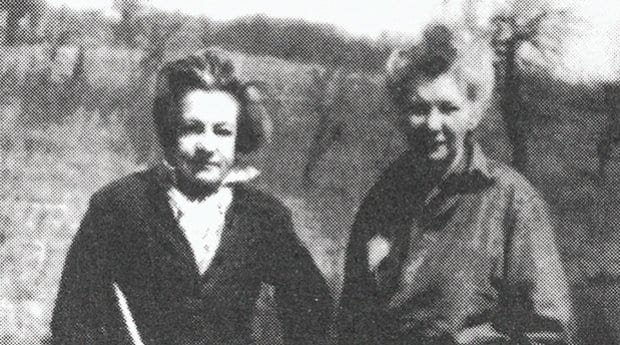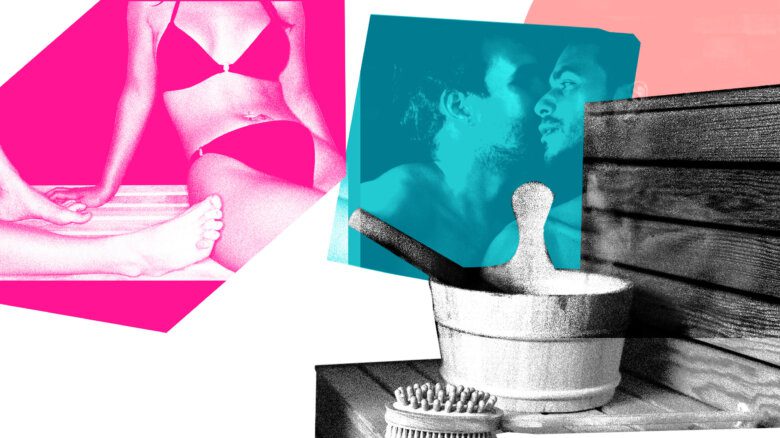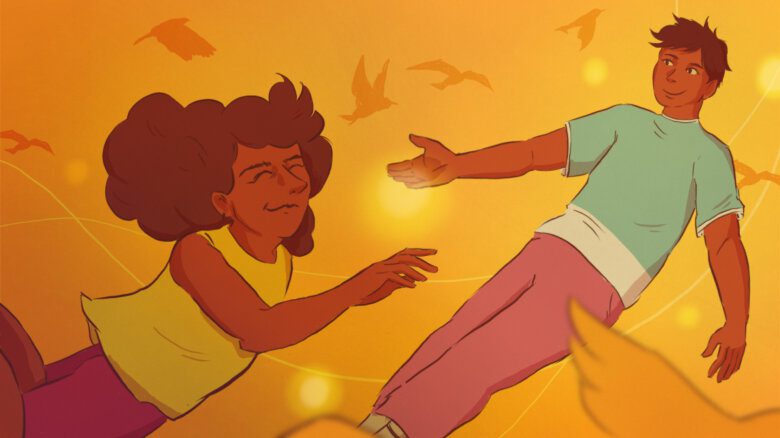To celebrate Xtra’s 20 years of publishing to Ottawa’s gay and lesbian community, we’re digging through our archives to reprint a selection of noteworthy stories that highlight our community’s rich history. “A Peach of a Gal Among Roses and Thorns” first appeared in Capital Xtra #43, March 21, 1997.
The story of Frieda Fraser and Edith Williams is a lesbian fairy tale.
It’s told through hundreds of letters between them, found tied up and packed into shoeboxes by Fraser’s family in 1994 — after her death.
And while most families destroy the evidence of the homosexual branches of their family trees, Fraser’s descendants donated the material to the University of Toronto.
Fraser and Williams were childhood friends. During the First World War, the two attended Victoria College, where they discovered life away from home was a lot more fun.
“It’s obvious that it was at university that their love really blossomed,” says assistant archivist Harold Averill. “University gave them the freedom to really develop a relationship.”
The two never consciously disguised that relationship. Most of their friends, family and those around them knew the two were lovers. “Anyone with eyes in their head was well aware of it and could draw their own conclusions,” Averill says.
The letters were written between 1924 and 1942, during periods when Williams and Fraser were apart. They chronicle the sadness each felt at being separated, the problems and challenges they faced, and the family issues they dealt with.
Fraser’s mother was vehemently against the relationship, as evidenced by a 15-page letter written by a friend explaining to her mom how to put a stop to it.
In fact, it wasn’t until Fraser’s mother died in the late 1930s that the couple finally moved in together, living in a house in Burlington left to Fraser by her mother.
Averill says the letters are also peppered with sketches Fraser drew of various people in the couple’s lives — not all of which are flattering.
He says the correspondence is the largest collection of its kind in Canada and unique in that it has been made so readily available to researchers. The executors of the estate have placed very few restrictions on access, and then only until the year 2001.
Anyone can browse: you must first make application to the family. Averill says the family wants to talk to applicants simply because “they are curious as to who would want to read them.”
He adds that the family also wants to provide researchers with background information about Fraser.
He describes the correspondence as “a wonderful human, witty and sometimes salty story of two people deeply in love and not caring who knew.”
Throughout, Fraser refers to Williams as “Bud.”
The pair also achieved professionally. Fraser went on to teach at the school of preventive medicine at the University of Toronto, where she collaborated with her elder brother and pioneered research into anti-toxins for tuberculosis and diphtheria. In the 1930s, Williams attended veterinary school in Guelph and went on to open an animal hospital in Toronto. At the time, she was one of only five female vets in Ontario.
Williams suffered a series of strokes beginning in 1976 and spent most of her final three years at Queen Elizabeth Hospital, where Fraser visited daily — driving in from Burlington.
Fraser died in 1994, three weeks after her family moved her into a nursing home.
In letters between the two from 1927, it is clear there were problems in the relationship. In one, Fraser wrote, “Even if we break up now, at least we’ve had 10 good years.”
She didn’t know then that there were 52 good years still to come.


 Why you can trust Xtra
Why you can trust Xtra


